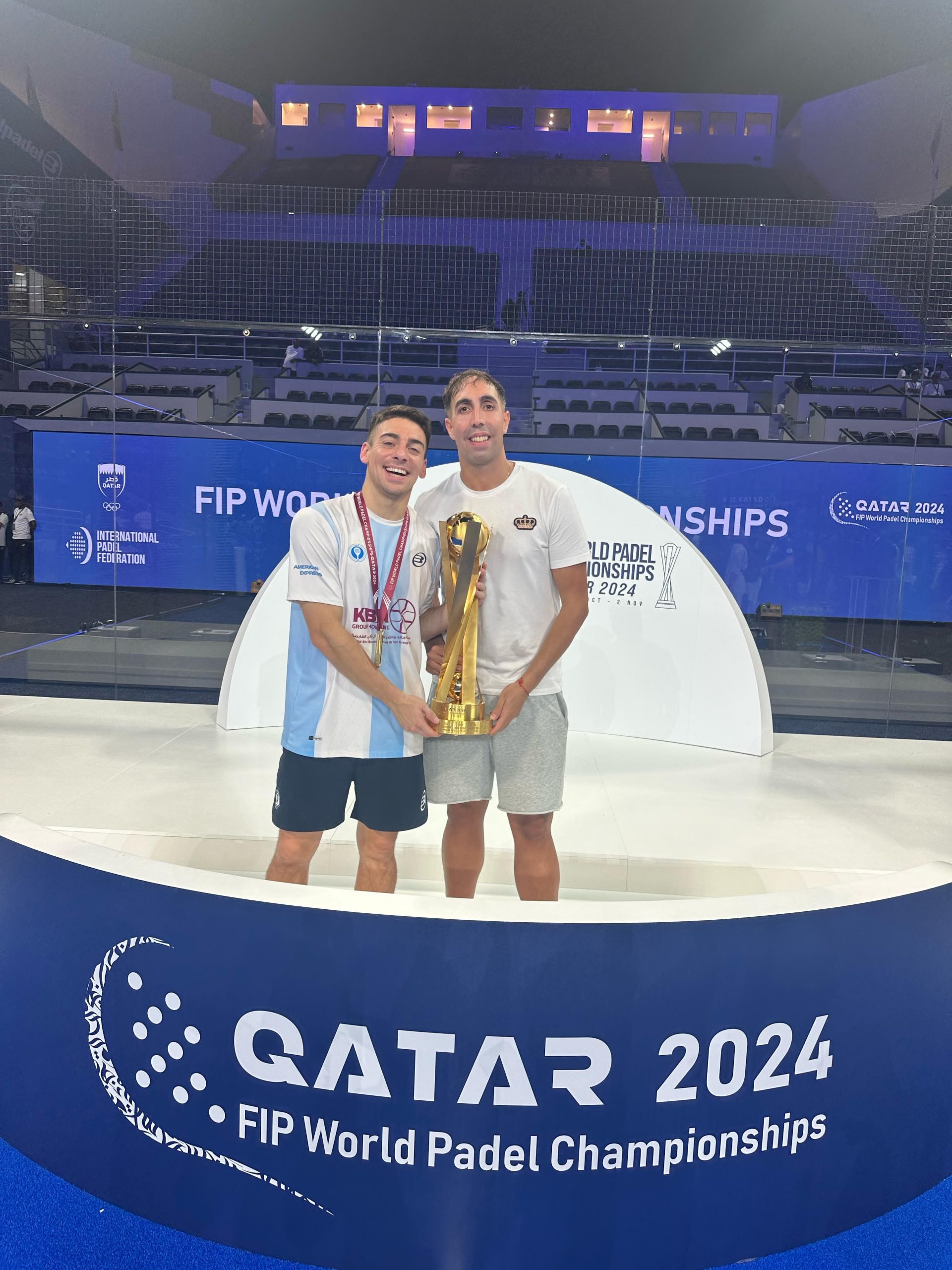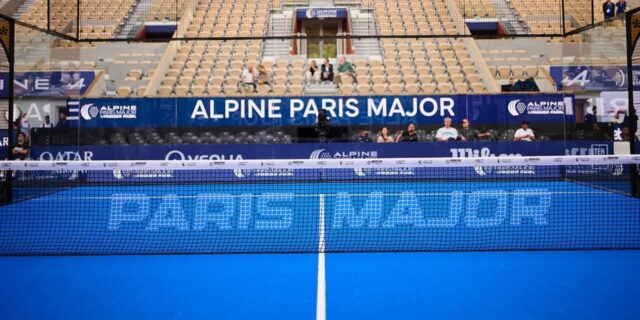First as a player, then as a successful coach for top class names like Martin Di Nenno. An interview with the well know Argentinian coach
Author: Gabriele Marini
From Argentina to Italy and now in Spain, Lucas Centurión’s life has steadily revolved around the world of padel since as far back as 2013, the year he discovered the beauty of this sport in his hometown of Buenos Aires. From that moment on, his journey has been a steady climb, first as a player and later as a coach, when he led the Argentine national team and coached outstanding players such as Martín Di Nenno and the Italians Sinicropi and Cattaneo. We had a chat with him.
Interview
Lucas Centurión
Lucas, let’s start from the beginning. When did you discover padel and what captivated you about this sport?
I started in 2013 at the El Galpón Pádel youth school in Berazategui, Buenos Aires. What attracted me most was that it was a very fun sport and had already been extremely popular in Argentina for quite some time.
From Argentina to Italy: what was your first impression of Italian padel? What differences did you notice compared to your home country?
In 2019 I came to Italy for the first time—specifically to Sanremo. Even back then, it was clear that padel hadn’t yet taken off as a sport, and that there was great potential for growth both in terms of technical development and facilities.
In your career, you won important tournaments. What do you remember about those experiences as a player?
More than individual tournaments, what I cherish most is how much fun we had competing every time we went to Argentina. We had so much passion for the game, especially considering it was very difficult to make a living from padel in our country.

Then you transitioned to coaching. What motivated you to become a coach? And what was your initial approach like?
My coach at the time, Sebastián Mocoroa, told me he saw me capable of being on the other side of the net and convinced me to make the switch. Every time we talk, I always tell him he ruined my playing career. Of course, I’m joking; it was very helpful advice that allowed me to understand padel even more deeply.
You’ve worked with top-tier names like Di Nenno and many others. How has the approach to padel changed for professionals with its explosion in recent years?
Thanks to sponsors and the increase in prize money at various tournaments, many players today can play professionally and have their own support team, which requires five to six people including coaches, trainers, medical staff, etc.
How do you organize your work both in the preseason and during tournaments?
Depending on the number of rest weeks between tournaments, we speak with the athletic trainer to coordinate all the team’s work, ensuring the player is 100% fit for the tournament. Underlying everything is a significant preseason effort in both January/February and during the August break, with a few weeks of rest.
How do you manage training for pairs who live in different places?
Contrary to what one might think, not many pairs live in different places, especially if we exclude the top of the world ranking. However, there’s always a coach who acts as a point person for the entire working group, coordinating activities based on each player’s needs. The most common approach remains training together, while still maintaining some individualization of the work.
How much does the coach’s work influence a match?
It’s very important for athletes who need a reference capable of analyzing things from the outside, without the emotional intensity of a match. The most crucial thing is to be clear when giving information to the player, because you only have a few minutes between one changeover and the next.
In Italy, you’ve also become known for your work with athletes like Riccardo Sinicropi and Daniele Cattaneo. How big is the gap between the best Italian players and the top 50 in the ranking?
We must be honest and admit that, as of today, the distance is still significant. It’s not so much a technical or tactical issue as it is about game rhythm. The main circuits require a level of concentration and physical effort that must be maintained for over two hours, and this is very difficult to train in Italy, as the best players struggle to train at a high rhythm due to a lack of athletes at that level with whom to compete.
What do you think are the strengths and areas for improvement in Italian padel?
The most important thing is that every player enjoys the journey to becoming a professional, while also being aware that to make the leap in quality, they’ll need to invest in many things. One of these is traveling to countries where the level of play is higher, like Spain, as training with the best in the world is fundamental for the rhythm issue we just discussed. In this regard, it would be ideal to be able to create a good academy where the best Italian players can train consistently and thus achieve a training rhythm similar to what the best in the world have.
Looking to the future: where do you see yourself in five years? And where do you see padel in Italy and worldwide?
From my perspective, I still see myself in the world of padel, because it’s what I’m most passionate about. Italy has several young players who, if they commit and train in the best possible way, can reach the highest levels. This could act as a driving force for the entire movement and bring even more young people closer to this sport, much like what happened in tennis, laying the groundwork for a national team that can consistently compete for a podium finish in world competitions.




